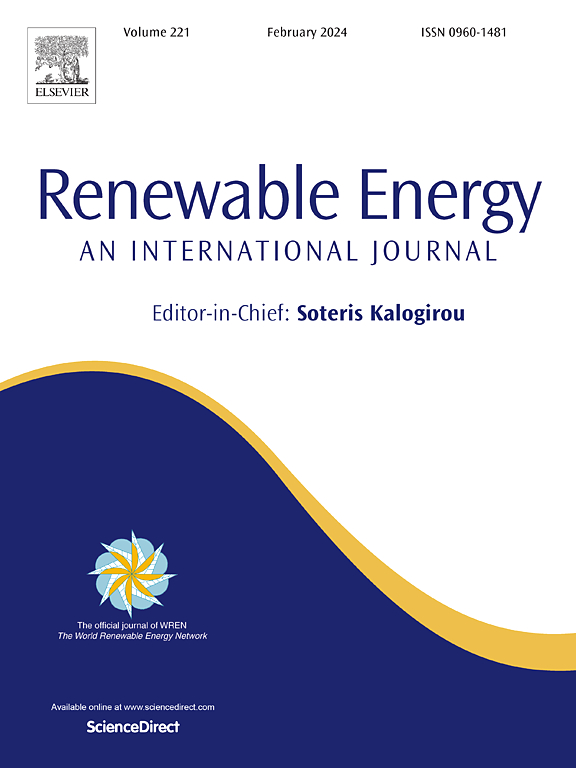加拿大河流水动能资源遥感高分辨率制图
IF 9.1
1区 工程技术
Q1 ENERGY & FUELS
引用次数: 0
摘要
许多偏远和北部社区依赖进口柴油发电,面临着高昂的成本、物流挑战和环境风险。与传统水力发电不同的是,河流水动能(HKE)利用没有水坝的流动水发电,提供了一种影响较小的、当地可再生的替代能源。然而,确定有潜力的香港湿地通常需要大量和昂贵的实地数据收集,这为开发创造了障碍。为了解决这一差距,作者提出了第一个全国性的、高分辨率的加拿大河流数据库,涵盖了流量超过100立方米/秒的所有河段。该数据库包括100米间隔的流量、深度、宽度、流速和功率的横断面测量和估计,使社区和开发商能够在进行现场调查之前确定当地具有强大能源潜力的区域。对现场和建模数据的验证证实了良好的一致性,支持其在初步场地筛选和政策规划方面的可靠性。通过捕获增强能源的河流特征,如横向收缩和陡峭的坡度,该数据集为加速从柴油电力向可再生香港能源的过渡提供了宝贵的工具,特别是在偏远和农村社区。本文章由计算机程序翻译,如有差异,请以英文原文为准。
High-resolution mapping of river hydrokinetic energy resources in Canada using remote sensing
Many remote and northern communities rely on imported diesel for electricity, facing high costs, logistical challenges, and environmental risks. River hydrokinetic energy (HKE), which generates electricity from flowing water without dams unlike conventional hydropower, offers a lower-impact, locally available renewable alternative. However, identifying promising HKE sites typically requires extensive and costly field data collection, creating a barrier for development. To address this gap, the authors present the first national, high-resolution database of river HKE across Canada, covering all river segments with flows exceeding 100 m3/s. The database includes cross-sectional measurements and estimates of flow, depth, width, velocity, and power at up to 100-m intervals, allowing communities and developers to identify areas with strong local energy potential before committing to field investigations. Validation against field and modelled data confirmed good agreement, supporting its reliability for preliminary site screening and policy planning. By capturing energy-enhancing river features such as lateral constrictions and steep gradients, this dataset provides a valuable tool for accelerating the transition from diesel-based electricity to renewable HKE, particularly in remote and rural communities.
求助全文
通过发布文献求助,成功后即可免费获取论文全文。
去求助
来源期刊

Renewable Energy
工程技术-能源与燃料
CiteScore
18.40
自引率
9.20%
发文量
1955
审稿时长
6.6 months
期刊介绍:
Renewable Energy journal is dedicated to advancing knowledge and disseminating insights on various topics and technologies within renewable energy systems and components. Our mission is to support researchers, engineers, economists, manufacturers, NGOs, associations, and societies in staying updated on new developments in their respective fields and applying alternative energy solutions to current practices.
As an international, multidisciplinary journal in renewable energy engineering and research, we strive to be a premier peer-reviewed platform and a trusted source of original research and reviews in the field of renewable energy. Join us in our endeavor to drive innovation and progress in sustainable energy solutions.
 求助内容:
求助内容: 应助结果提醒方式:
应助结果提醒方式:


